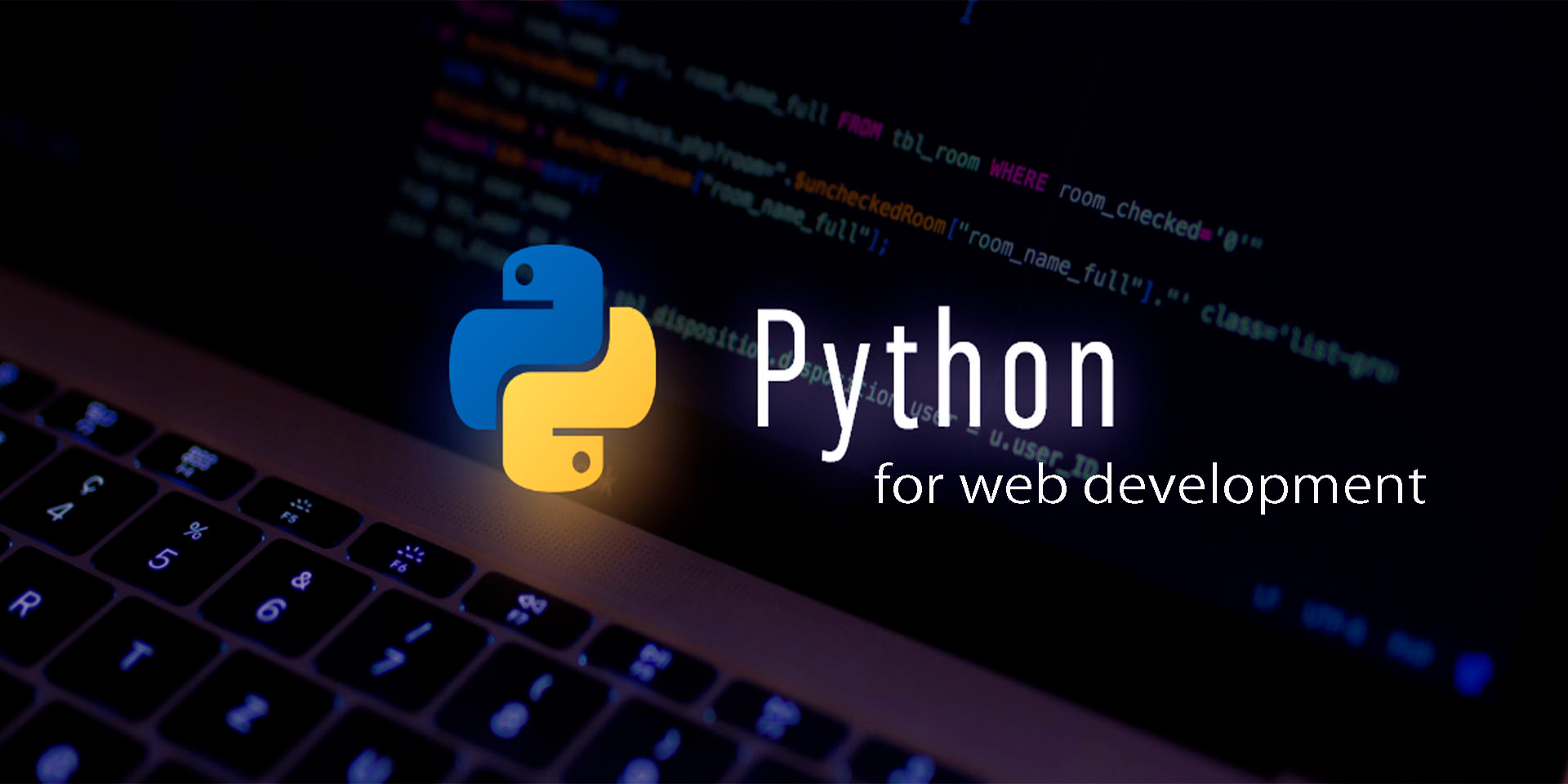In the evolving world of cybersecurity, Python has emerged as a vital tool for professionals. Its simplicity, versatility, and powerful libraries make it ideal for a range of tasks, including penetration testing and network monitoring. This article explores how Python can be effectively utilized in cybersecurity, highlighting key tools and techniques for various applications.
Why Python is Essential for Cybersecurity
Python’s role in cybersecurity cannot be overstated. Its clean syntax and readability enable quick development and troubleshooting, which are crucial in security operations. Furthermore, Python’s extensive library ecosystem offers tools specifically designed for cybersecurity tasks, enhancing efficiency and effectiveness.
Advantages of Python in Cybersecurity
Python’s clean syntax allows for rapid development and easy maintenance. Python boasts a vast ecosystem of libraries and frameworks that simplify cybersecurity tasks. Python is versatile, making it suitable for scripting, automation, and full-scale application development. A large and active community provides resources, tutorials, and third-party tools.

Key Python Tools for Cybersecurity
Several Python-based tools are pivotal in cybersecurity, each serving different purposes. These tools streamline processes such as penetration testing, network monitoring, vulnerability scanning, and malware analysis.
Penetration Testing with Python
Penetration testing, or ethical hacking, involves probing systems to identify vulnerabilities before malicious hackers can exploit them. Python’s flexibility and powerful libraries make it an excellent choice for creating custom scripts and automating repetitive tasks in penetration testing.
Metasploit is a powerful penetration testing framework that integrates with Python to allow the creation of custom penetration testing scripts and modules. It’s widely used for developing and executing exploit code against remote targets.
Nmap, although primarily a network scanning tool, its results can be processed using Python for more detailed analysis and reporting.
Network Monitoring Using Python
Effective network monitoring is crucial for detecting and responding to potential security threats. Python’s capabilities in data parsing and real-time processing make it suitable for network monitoring tasks.
Scapy is a powerful tool that enables users to create, manipulate, and decode network packets. Scapy can be used for network discovery, packet sniffing, and network attacks.
PyShark, a wrapper around the Wireshark packet capture library, simplifies the process of capturing and analyzing network traffic.
Vulnerability Scanning with Python
Identifying and mitigating vulnerabilities is a core aspect of cybersecurity. Python scripts can automate vulnerability scanning and integrate results for comprehensive analysis.
Nessus, widely used in vulnerability scanning, can be controlled using Python scripts to automate scans and retrieve detailed reports.
OpenVAS can be scripted with Python to enhance its functionality and automate vulnerability assessments.
Malware Analysis Techniques
Malware analysis involves examining malicious software to understand its behavior and mitigate its impact. Python provides several tools that aid in automating malware analysis.
YARA is used for identifying and classifying malware. YARA rules can be written in Python to automate the detection of specific malware patterns.
Volatility, a memory forensics framework written in Python, helps analyze memory dumps and detect malicious activities.
Advanced Techniques in Python for Cybersecurity
Beyond specific tools, Python enables advanced techniques that significantly enhance cybersecurity tasks. These techniques include scripting and automation, data analysis and visualization, custom exploit development, and web scraping for intelligence gathering.
Scripting and Automation
Automation is crucial in cybersecurity for efficiency and consistency. Python excels at automating repetitive tasks such as log analysis, system audits, and vulnerability scanning, thereby reducing the potential for human error and increasing productivity.
Automation saves time and resources by automating repetitive tasks. It reduces the likelihood of errors through consistent script execution. Automation frees up cybersecurity professionals to focus on more complex issues.
Data Analysis and Visualization
Data analysis is vital for identifying trends and anomalies in security data. Python’s libraries like Pandas and NumPy enable efficient data processing, while visualization tools such as Matplotlib and Seaborn help in creating insightful visualizations.
Processing large datasets helps identify patterns. Creating visual representations of data highlights trends and anomalies. Using statistical analysis can predict potential security threats.
Custom Exploit Development
Developing custom exploits requires a deep understanding of network protocols and operating system features. Python’s ability to interact with these systems makes it an excellent choice for creating bespoke security solutions.
Writing scripts to exploit specific vulnerabilities. Automating the deployment of custom payloads. Testing system defenses against tailored attack vectors.
Web Scraping and Intelligence Gathering
Gathering intelligence from websites and online sources is crucial for threat analysis. Python’s web scraping libraries like BeautifulSoup and Scrapy facilitate the collection of data from various sources, which can then be analyzed to uncover potential threats.
Extracting data from websites for threat intelligence. Monitoring forums and social media for security-related discussions. Aggregating data from multiple sources for comprehensive analysis.

Best Practices for Python in Cybersecurity
To ensure the effective use of Python in cybersecurity, adhering to best practices is essential. These practices enhance the reliability and security of your scripts and tools.
Code Quality and Readability
Writing clean, readable code is fundamental. Following Python’s PEP 8 guidelines ensures that your scripts are easy to maintain and understand, which is crucial for collaboration and long-term use.
Security Considerations
Ensuring that your Python scripts and tools are secure is critical. This involves validating inputs, handling exceptions properly, and avoiding the hardcoding of sensitive information such as passwords and API keys.
Regular Updates and Maintenance
Keeping your Python libraries and tools up to date is essential to benefit from the latest security patches and features. Regularly reviewing and updating your scripts helps adapt to the changing security landscape and maintain effectiveness.
Continuous Learning and Community Engagement
Staying informed about new Python libraries, tools, and techniques in cybersecurity is vital. Engaging with cybersecurity communities, following relevant blogs, and participating in forums ensures that your skills remain current and relevant.
Conclusion
Python’s flexibility, readability, and extensive library support make it an invaluable tool for cybersecurity professionals. Whether you are performing penetration testing, network monitoring, vulnerability scanning, or malware analysis, Python provides powerful tools and techniques to enhance your security operations. By following best practices and continuously improving your skills, you can effectively leverage Python to protect systems and data against evolving cyber threats. Embracing Python in your cybersecurity toolkit not only streamlines processes but also fortifies your defenses in an increasingly digital world.




